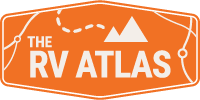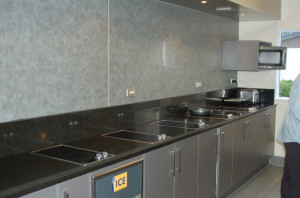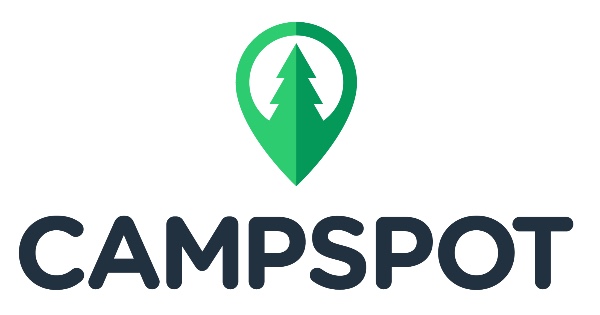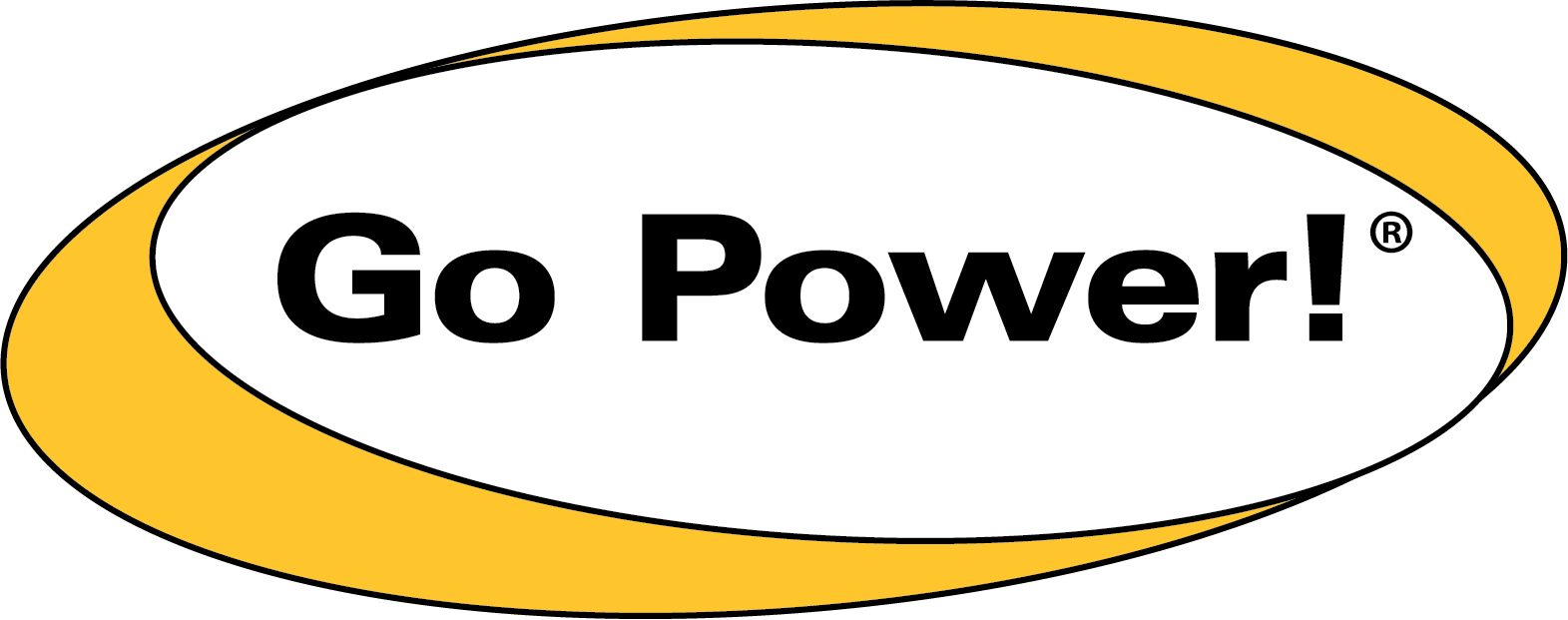Here is the latest post from our guest bloggers John and Cathy, who recently returned from an epic RV adventure in New Zealand…
*
About a year ago we decided to celebrate our 40th wedding anniversary with a trip to New Zealand. Since we have lived an RV lifestyle, both here and in Europe, for the past 30 years, we made the decision to rent a small motorhome and travel in New Zealand using commercial campgrounds. We wanted to stay in commercial campgrounds and compare them to campgrounds here in America. We stay a lot at KOA campgrounds here in the United States. In New Zealand we stayed a lot in Top Ten Holiday Parks and once in a Kiwi Holiday Park, these seem to be the most popular “chain” parks in New Zealand. Both of these types of parks compare favorably to campgrounds here in the states.
*
We own a 17 foot Trail Lite Bantam hybrid trailer, and since we are comfortable in an RV that size we decided to rent a 21 foot model based on a Mercedes Benz Sprinter chassis, which in terms of living space compared favorably with our own trailer.
*
Driving into a campground in New Zealand you register just like you would in the States. But you must remember to bring the keys in from your rented campervan so that you know your RV’s registration number! The staff will then point you to your site on a campground map, which sounds familiar right? But after that you will start to see a few differences. There probably will not be a water tap at your site, and there will never be a sewer hookup. There will be a dump station or two in the campground. The “power point” will remind you of an American site, except the extension cord that you use will be slightly different. On our van the power outlet was high on the right side.
We own a 17 foot Trail Lite Bantam hybrid trailer, and since we are comfortable in an RV that size we decided to rent a 21 foot model based on a Mercedes Benz Sprinter chassis, which in terms of living space compared favorably with our own trailer.
*
Driving into a campground in New Zealand you register just like you would in the States. But you must remember to bring the keys in from your rented campervan so that you know your RV’s registration number! The staff will then point you to your site on a campground map, which sounds familiar right? But after that you will start to see a few differences. There probably will not be a water tap at your site, and there will never be a sewer hookup. There will be a dump station or two in the campground. The “power point” will remind you of an American site, except the extension cord that you use will be slightly different. On our van the power outlet was high on the right side.
*
You may or may not have a picnic table at your site, or you may share it with the site next to you. We rented a folding table and chairs so we could eat outside if we wanted to. The sites were smaller than we are used to, but then again, our RV was smaller too. No need to level the RV, the fridge doesn’t have to be level to work. The batteries in the campervan provided power to the fridge for several days without being plugged in when we visited friends.
*
Campgrounds in New Zealand cater to non-RVing travelers who can stay in tents, or in the motel units that all Holiday Parks include. Because people stay in motel units that have no amenities the campgrounds have full kitchens, BBQ grills, and plenty of picnic benches. The kitchens include sinks, cook tops, utensils, pots and pans, microwaves and even boiling water dispensers.
*
Campgrounds in New Zealand cater to non-RVing travelers who can stay in tents, or in the motel units that all Holiday Parks include. Because people stay in motel units that have no amenities the campgrounds have full kitchens, BBQ grills, and plenty of picnic benches. The kitchens include sinks, cook tops, utensils, pots and pans, microwaves and even boiling water dispensers.
Generally, we cooked in our van, but washed the dishes in the campground kitchen to preserve our water and keep water out of the gray tank. The very clean bathrooms often had larger shower stalls than we have seen in the U. S. All of the bathrooms provided sponges and towels to clean up after use. We never encountered a bathroom that was anything less than spotless. Most campgrounds had several bathhouse/kitchen buildings even though there were often fewer sites than most American campgrounds have.
*
We only encountered two campgrounds with a swimming pool, although all had a playground and several were near beaches. None of the campgrounds that we stayed in had a camp store, and none of the sites we stayed at had a fire ring. There was a ban on open fires in many of the regions due to a very dry summer. All of the campgrounds had a soda or candy machine in the office. All of them have full laundry facilities and the offices were always eager to explain how to operate them and make change for the machines. Several of the campgrounds had cafes which served breakfast and lunch and always had coffee. Most of the campgrounds that we stayed at had stores, restaurants and tourist attractions nearby, so the lack of a camp store was never a problem.
*
All in all, we enjoyed the holiday parks in New Zealand. They were clean and provided the amenities that we use. The staff at all of the holiday parks greeted us with helpfulness and information. One last thought, if you are traveling in New Zealand for any length of time, you may pay you to purchase a Top Ten Holiday Park card. Like a KOA card you get a discount at each Top Ten Park you stay at plus discounts to various attractions and tours. By the end of our trip we wished that we had purchased one, we could have saved some money.










